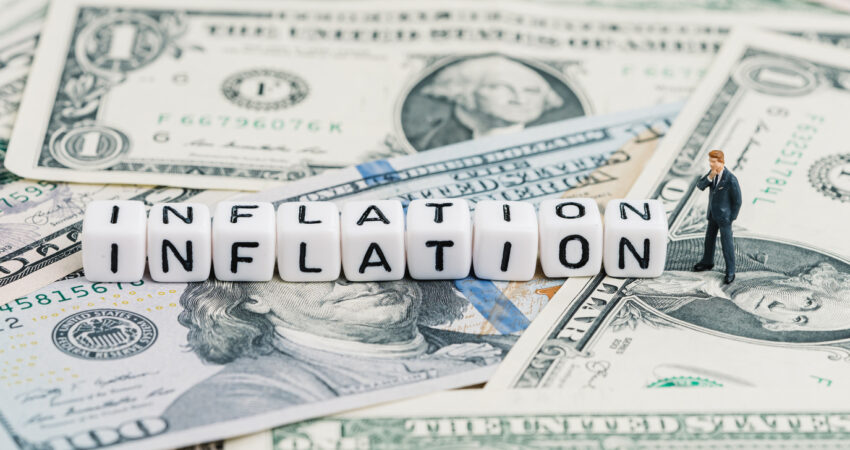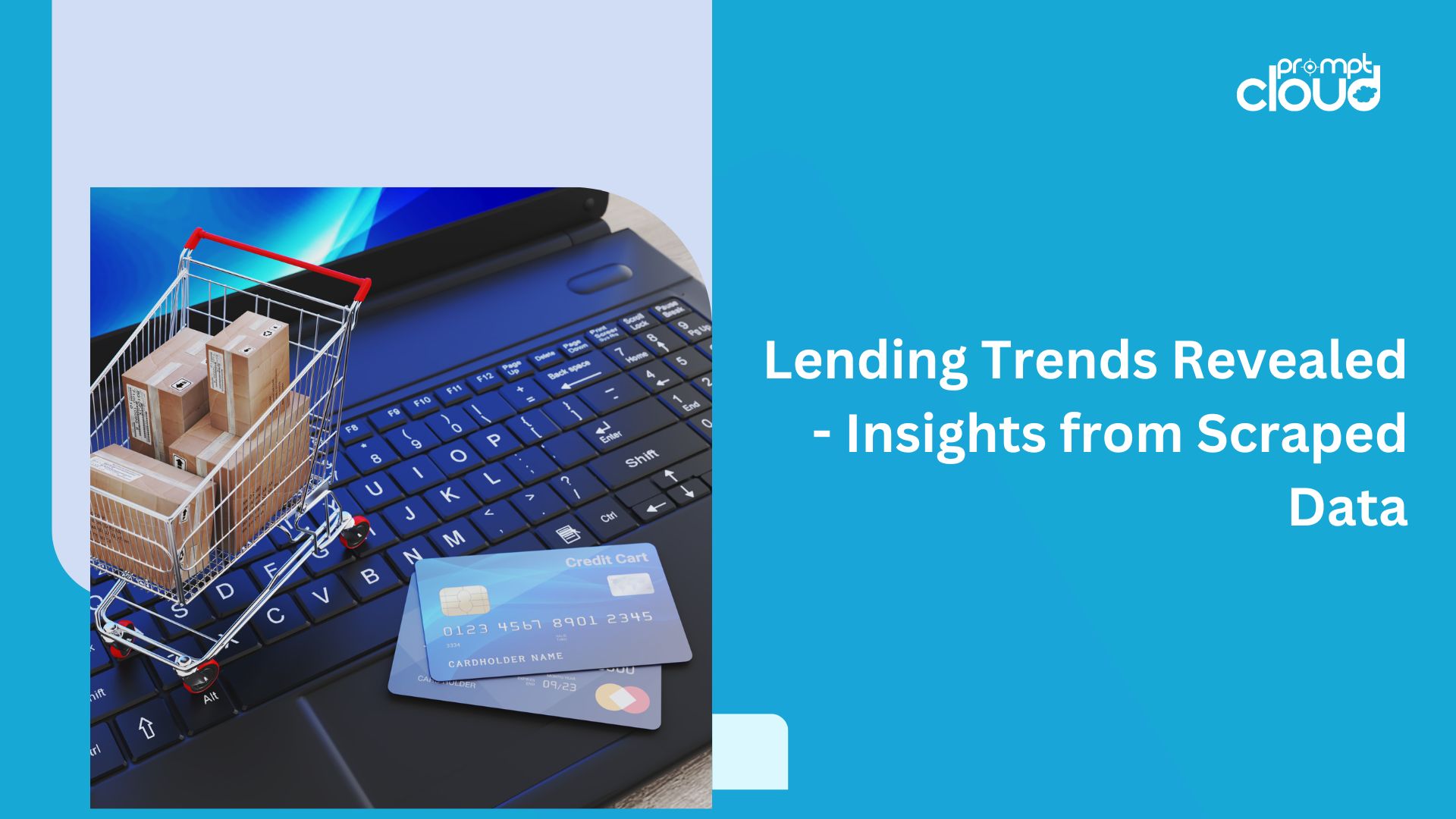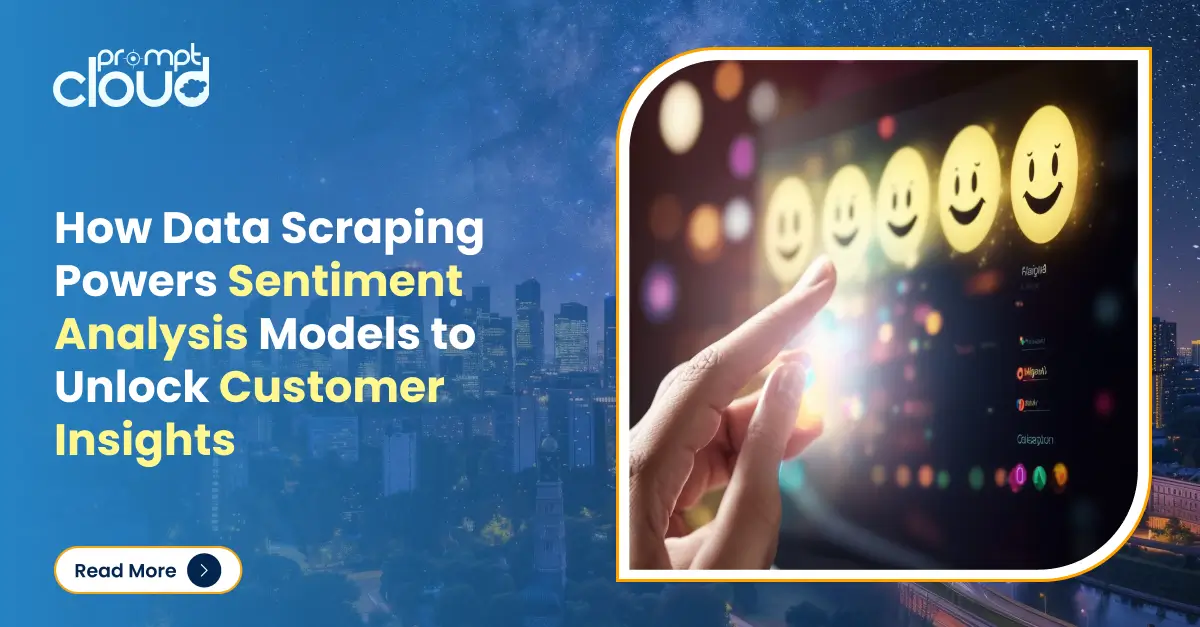
A Peek into History
Taking a peek into the history of hyperinflationary scenarios and consumer behavior analysis, let’s revisit the dark period of a country where the native currency got depreciated beyond recovery in the early 1920s’ in Weimar, Germany. Where the country was functioning through a barter system. Expensive cars, art, and jewelry were exchanged for buying daily staples. People watched helplessly as their savings disappeared out of thin air. The country’s finances descended into an abyss, and the rising social unrest became a norm.
Fast-forwarding to the 1970s in the USA – when President Nixon came to power, he inherited a recession from the previous regime and the policies ended up spending generously on social welfare and funding the Vietnam war. The budget deficits rose and made all the dollar-holders abroad nervous. There was a run on the US Dollar which many foreigners thought was overvalued. The supply-related constraints and the war added fuel to the price rise in many commodities including oil, which rose multi-fold during this decade. All of this led to the high inflationary period in the US through the 1970s.
The value of money – consumer behavior Analysis
The seminal moment came in 1971, when President Nixon broke the link to gold, turning the American Dollar into fiat currency. Till then, all the currencies were pegged to gold. Simply means, a country cannot print an endless amount of its currency unless they have equivalent amounts of gold in its reserves. This made the US$ or any other currency valuable because it’s backed by the gold standard monetary system. There were a few times in history when countries decided to move away from the gold standard monetary system temporarily. Post-1971, though, the US never went back to the gold standard, but the world has been pegging their respective currencies to the US dollar for many decades now.
The fiat monetary system replaced the gold standard monetary system and gave governments and central banks greater control over the economy as they can decide how much money is printed. Their actions decide the value of the currency the respective country’s citizens are holding.
The role of central banks
Post abandoning the gold standard, the central banks around the world found an easy way out in the name of QE (Quantitative easing) for any crisis the world faced. QE is nothing but printing money and pumping liquidity into the system to control the damage and restore the world to a growth trajectory. Alas, how we wish for such an easy solution for every problem without any consequence. The QE that the Federal Reserve (Fed) started to post the GFC (great financial crisis) in 2008, to avert a crisis that threatened the world’s banking system on the brink of collapse continued intermittently till the recent 2020 Covid crisis.
We all have read basic economics in our schools, which talks about the supply-demand imbalance as one of the main reasons for prices to go up or down. When the demand is high and the supply is limited, the prices go up; and when the supply is high with constant demand, the price goes down. The total money supply by the Fed since the covid crisis is more than $10 trillion. Where did this go?
Crypto prices
Approximately $1 trillion has been paid directly to taxpayers in the form of personal relief checks. Most of the remaining money(US$) is used to pay for vaccines, unemployment, and other purposes. The nature of the money is that when a system has too much of it, it ends up causing demand in places raising the prices abnormally and causing asset bubbles. Case in point, crypto prices skyrocketing, housing prices going up and we have seen many commodities prices go up in the last few quarters. Adding onto the QE, the war-induced supply chain disruptions aren’t helping the cause of inflation.
The main role of central banks is to oversee the monetary system of a nation (or nations in the case of the ECB). Along with this comes a range of other responsibilities such as currency stability, low inflation, and full employment. The Latest inflation reading in the US and UK is over 8% and the last time the US saw this rate of inflation was back in the 1970s. It’s already at multi-decade high threatening to go out of control.
Inflation
There are very few tools to control inflation, one of the few is controlling the money supply (turning the liquidity tap off) and interest rates. Implementing both these tools judiciously without causing a shock to the system is expected to curb demand and hence, hopefully, inflation comes down over a period of time.
The paradox the central banks (especially in the US and Europe) are caught in at the moment is that they have kept the interest rates so low (close to 0 to 1%) for many decades and with inflation ramping at ~8%, they are left with no choice but to aggressively increase the rates close to inflation rate meaning that the interest rates in the US, as an example should go to 6% to 8% from the current 1%-2% to curb (~8%) inflation rate down. Raising interest rates is never going to be easy for the economies with such humongous debt to cope with, it ends up pricking the asset bubbles that popped up last few years and a recession.
In India, though, the inflation is high at around ~8-9%, it’s not something new to the country. We have had our own periods of high inflation in the 2010s and the RBI was able to deal with it head-on primarily because our interest rates were never as low as US or west. The recent repo rate hike by RBI brings the rates close to ~5% and with few hikes, India is well placed to control the inflation than the west.
Consumer sentiment during an inflationary period
If you are buying cooking oil or other groceries in India, you must have observed the prices going up drastically in the last few months for many essential commodities. Speak to any shopkeeper selling chips or samosas, who increased the prices in a few months and ask them why the increase? The cooking oil (example- sunflower) in the last 3 months has gone up from INR 130 to 180 per liter (that’s an ~38% increase), and the commercial gas prices have gone up from INR 1600 to ~INR 2300 (that’s an ~43% increase).
If you are a manufacturer who is selling paints or a seller selling samosas, when the price of your input increases, it trickles down to the end product and ends up increasing the prices for the end customer. How much cost a manufacturer can pass on to the end customer without too much impact on demand, is a delicate balance one tries to maintain. The FMCG players may not increase the cost but decrease the size and give a perception to the consumer that the price remains the same.
There are different ways a manufacturer tackles it, but the consumer ends up on the receiving end. How do we, as consumers react to this kind of situation – with disposable income going down and the prices going up, we curb spending on non-essential items and look for cheap alternatives to the similar brand products we were consuming earlier.
Switching brands
A recent Mckinsey study across US consumers reveals a consumer behavior analysis that with an increase in prices, the consumer sentiment is beginning to dip early this year and revealed that more US consumers are switching brands in 2021 than in 2020 and the majority of consumers are planning to continue to do so because of high prices.
Simply put, the brand loyalty premium consumer pays to acquire a product is in question and during high inflationary scenarios, the consumer will become more price-conscious looking for other cheap alternatives.
Conclusion
Inflation robs the consumer’s pocket while they are busy working hard. For retailers or a B2C company, during inflationary periods, consumer behavior analysis is imperative to comprehend the competitors’ price actions and how frequently they are changing their prices.
The online marketplaces are one of the best places to find this out with high- frequency customized crawling techniques to understand the price intelligence of the category you are operating in.




















